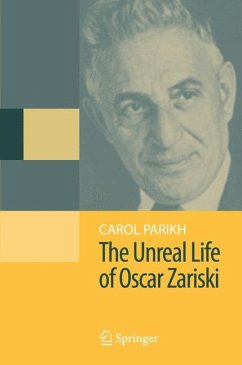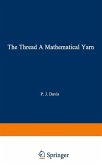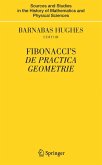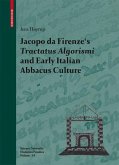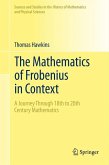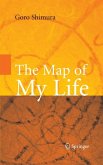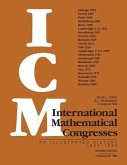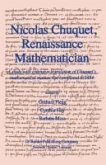While what he called his "real life" is recorded in almost a hundred books and papers, this story of his "unreal life" is based upon Parikh's interviews with his family, colleagues, and students, and on his own memories from a series of tape-recorded interviews made a few years before his death in 1986.
First published in 1991, The Unreal Life of Oscar Zariski was highly successful and widely praised, but has been out of print for many years. Springer is proud to make this book available again, introducing Oscar Zariski to a new generation of mathematicians.
About this book:
"I want to express my appreciation to you for having penetrated so deeply into the many-faceted aspects of a complex and mercurial life."
- Yole Zariski, Oscar Zariski's wife
"...an attractive book that recreates one of the great mathematical personalities of our century. Both mathematicians and nonspecialists will enjoy it."
- Doru Stefanescu, Mathematical Reviews
"Carol Parikh's perceptive narrative of the life of Oscar Zariski, the man, is based on his own recollections tape recorded a few years before his death, and on the author's extensive interviews with his family, colleagues, and students. Here we learn of his birth in a Jewish settlement in eastern Poland, high school in Russia, university in Rome, and maturity in the United States...We see his development as a mathematician in the context of the people around him. We see his humanity in his love for his family and the care he devoted to his students...All this and more in Carol Parikh's prize-winning English prose make this book a delight to read."
- Robin Hartshorne, American Mathematical Monthly
Dieser Download kann aus rechtlichen Gründen nur mit Rechnungsadresse in A, B, BG, CY, CZ, D, DK, EW, E, FIN, F, GR, HR, H, IRL, I, LT, L, LR, M, NL, PL, P, R, S, SLO, SK ausgeliefert werden.
"The author has written an attractive book that recreates one of the great mathematical personalities of our century. Both mathematicians and nonspecialists will enjoy it." ( Doru Stefanescu, Mathematical Reviews)
"Carol Parikh's perceptive narrative of the life of Oscar Zariski, the man, is based on his own recollections tape recorded a few years before his death, and on the author's extensive interviews with his family, colleagues, and students. Here we learn of his birth in a Jewish settlement in eastern Poland, high school in Russia, university in Rome, and maturity in the United States...We see his development as a mathematician in the context of the people around him. We see his humanity in his love for his family and the care he devoted to his students...All this and more in Carol Parikh's prize-winning Englih prose make this book a delight to read." (Robin Hartshorne, American Mathematical Monthly)
"Short and easy to read, TheUnreal Life is both pleasant and useful. ... There is an index and a list of Zariski's publications. ... Overall ... Parikh has given us a fascinating glimpse of an incredibly talented and interesting man. Her book will be a welcome addition to any library's shelf of mathematical biographies." (Fernando Q. Gouvêa, MAA Online, January, 2009)
"Carol Parikh narrates the life story of one of the greatest mathematical personalities of the last century in all its complexity, depth, and exceptionality. ... offering to a new generation of mathematicians a lively and highly informative introduction to Oscar Zariski, the man." (Werner Kleinert, Zentralblatt MATH, Vol. 1158, 2009)

